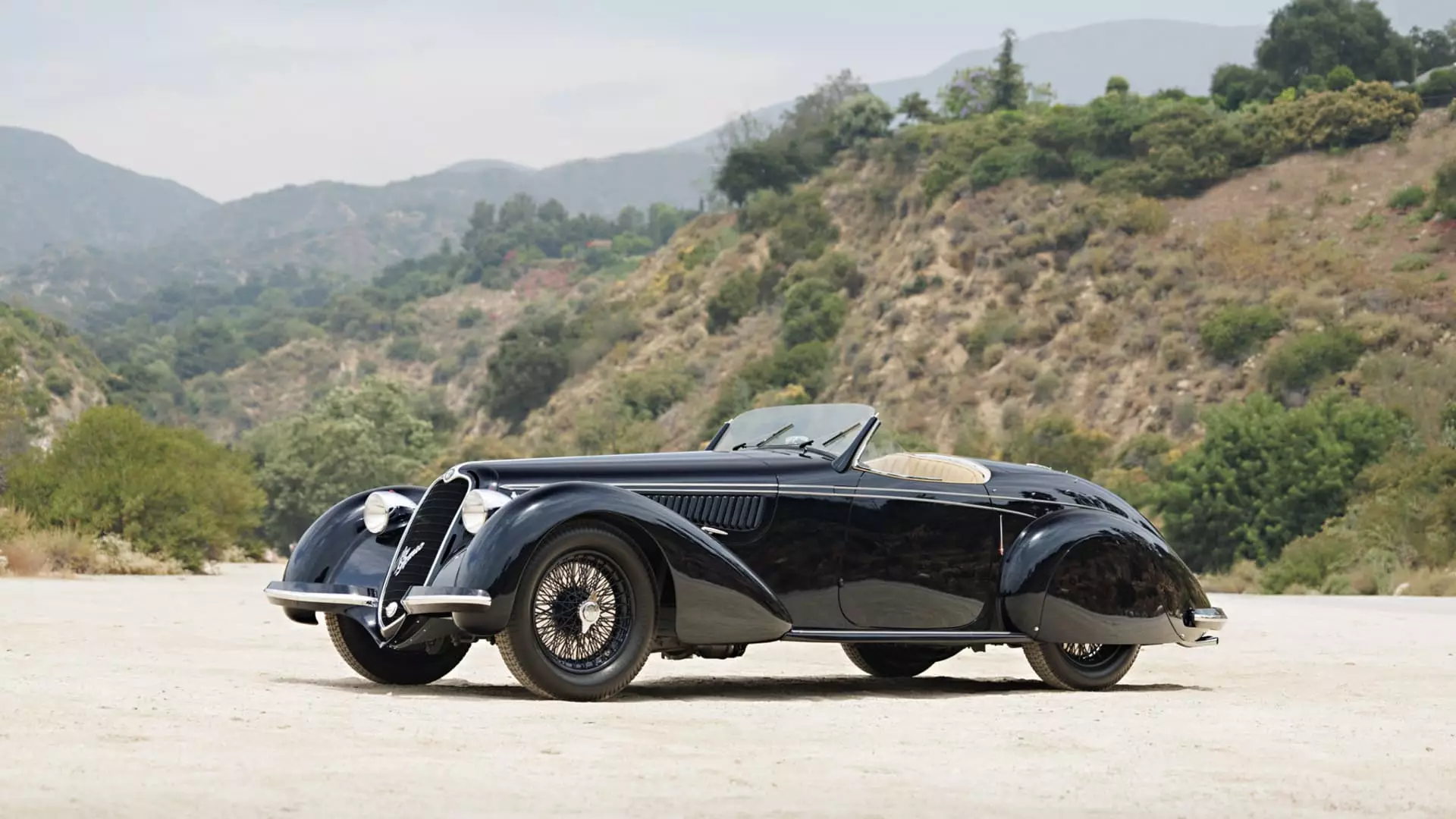The recent Monterey Car Week saw a 3% decrease in auction sales compared to the previous year. This decline can be attributed to the changing preferences of collectors, with a noticeable shift from classic cars from the 1950s and 1960s to more modern vehicles from the 1980s, 1990s, and 2000s. The rise of a new generation of collectors, primarily Gen Xers and millennials, has led to a surge in demand for cars from the latter eras. This preference is reflected in the sell-through rate data, which shows that cars less than 4 years old had a much stronger 73% sell-through rate compared to pre-1981 cars priced at $1 million or more, which only achieved a 52% sell-through rate.
One of the key reasons for the decrease in auction sales is the oversaturation of similar classic cars in the market. The abundance of comparable vehicles at multiple auctions has led to a lack of excitement among buyers, resulting in weaker prices and sales. Wealthy collectors are now faced with a sea of options that are all competing for the attention of the same group of buyers. This oversaturation has been further exacerbated by the prolonged presence of many entries in dealer windows for extended periods, which diminishes the exclusivity and appeal of these classic cars.
The evolving market trends in the classic car industry have had a significant impact on the auction scene. While a few rare masterpieces still command high prices, the overall market is experiencing a transition from older classics to modern supercars. The Hagerty Supercar Index, which tracks sports cars from the 1980s through the 2000s, has seen a substantial increase of over 60% since 2019. In contrast, the Blue Chip Index, which focuses on 1950s and 1960s classics, has faced a 3% decline. This shift signifies a changing of the guard as younger collectors exert their influence and shape the direction of the market.
Another factor contributing to the subdued auction sales is the impact of high-interest rates on the classic car market. Lower interest rates had previously enabled buyers to finance their purchases and expand their collections. However, the rising rates have raised the opportunity cost of investing in classic cars. Collectors are now faced with the dilemma of choosing between acquiring a million-dollar car or potentially earning higher returns through other investment avenues. This financial consideration has prompted many to reevaluate their priorities and think twice before making substantial purchases in the classic car sector.
The classic car auction landscape is undergoing a transformation driven by changing collector preferences, market trends, and financial considerations. The oversaturation of similar vehicles, the emergence of a new generation of collectors, and the shift towards modern supercars are reshaping the dynamics of the market. As older collectors begin to divest their collections and younger enthusiasts take the helm, the industry is poised for a continued evolution. Auction houses and sellers will need to adapt to these shifting trends and cater to the evolving demands of a new breed of classic car enthusiasts.


Leave a Reply